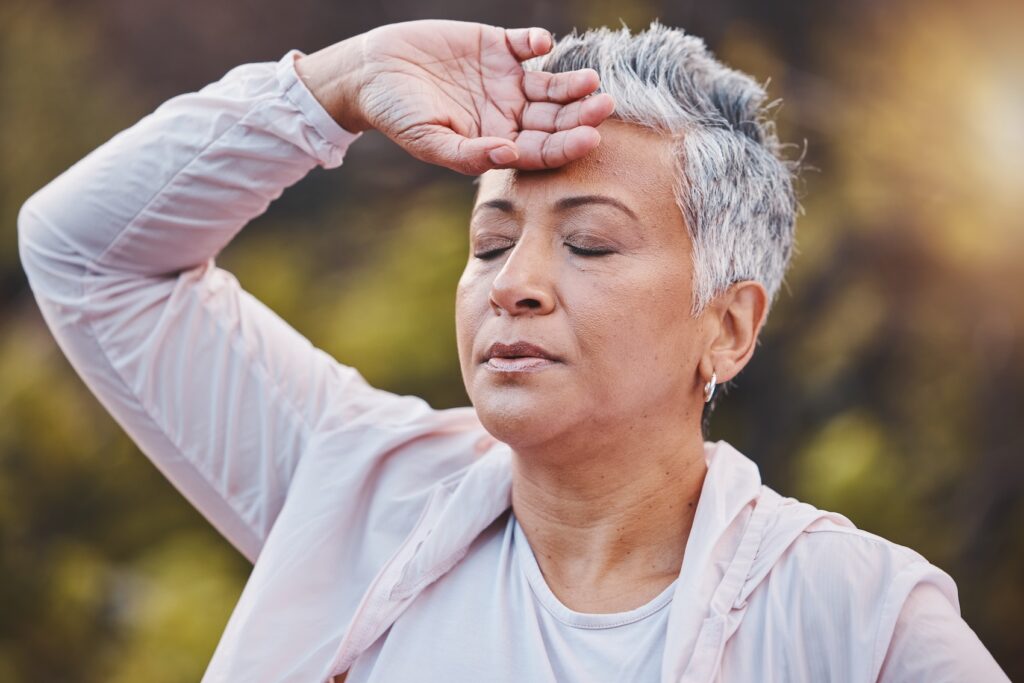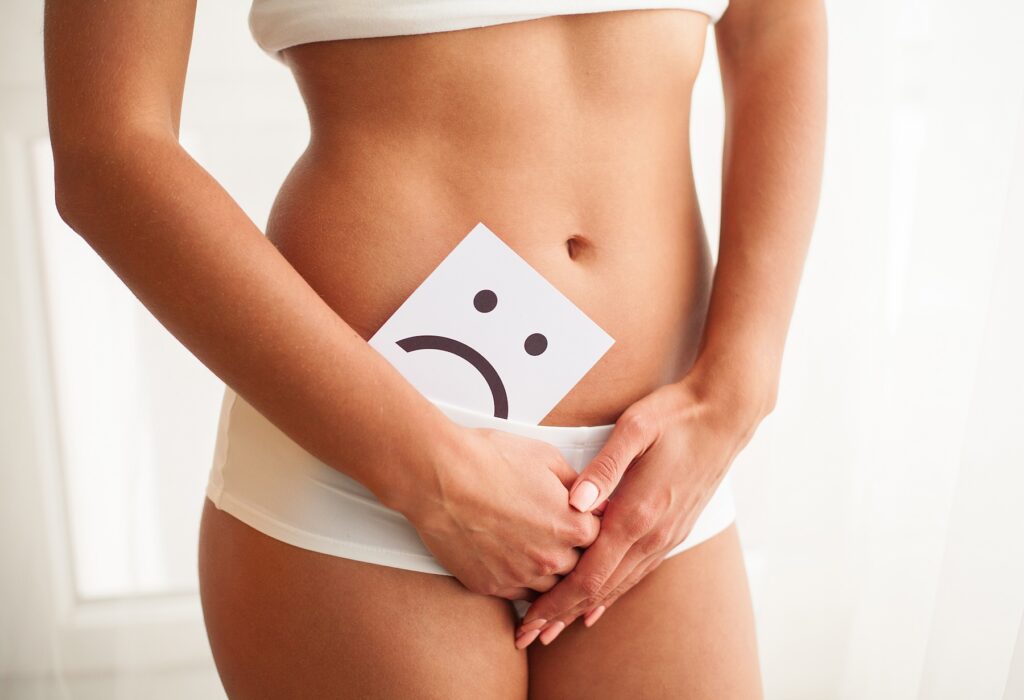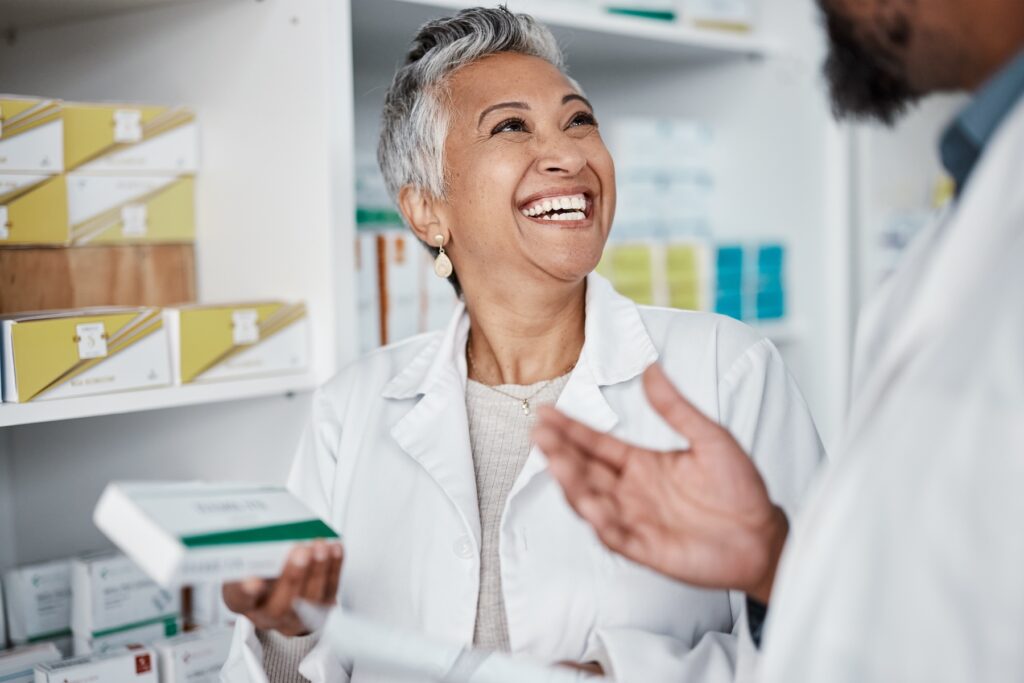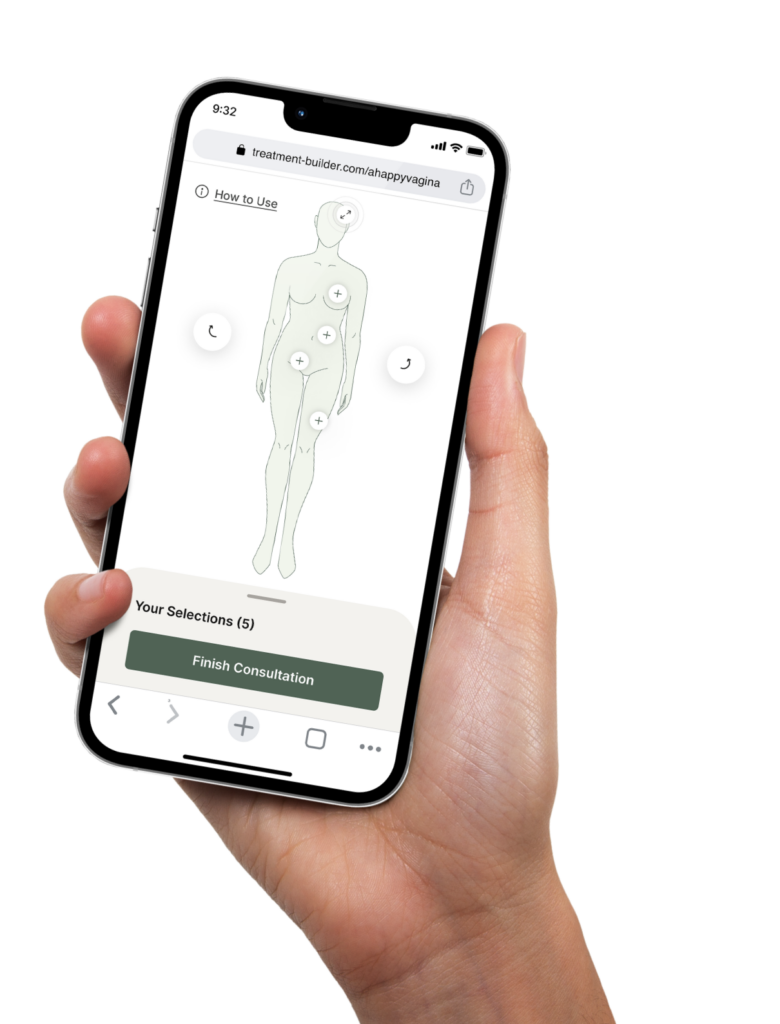
Treating Hot Flashes
Hot flashes are the most common bothersome symptom of menopause. Your hot flashes may occur during the day or at night (also known as night sweats). Your hot flashes may be mild and tolerable, moderate and troublesome, or severe and debilitating. Hot flashes get better with time. Although most women have hot flashes for a few years, some women have them for decades. It is not known why some women have severe hot flashes for many years while others have no hot flashes or mild ones that resolve quickly. If your hot flashes are mild or moderate, you may find relief by changing your lifestyle. If you have severe hot flashes, you may still benefit from lifestyle changes, but also may choose to take a nonprescription remedy or a prescription medication, including hormones to help you manage your symptoms.
Lifestyle changes
Researchers find that women with hot flashes have more sensitive thermostats in their brain, so are comfortable only in a small range of temperatures. Staying cool and reducing stress are the principal lifestyle changes to treat your hot flashes. Some women can find relief with these options:
– Avoid warm rooms, hot drinks, hot foods, alcohol, caffeine, excess stress, and cigarette smoking. Wear layers of clothing made from light, breathable fabrics, removing a layer or two when you’re hot and replacing them when you’re cooler. Cooling products, including sprays, gels, and the Chillow pillow may be helpful.
– To reduce stress and promote more restful sleep, exercise regularly, but not too close to bedtime. Meditation, yoga, qigong, tai chi, biofeedback, acupuncture, or massage also will lower your stress levels.
– When a hot flash is starting, try “paced respiration”—slow, deep, abdominal breathing, in through your nose and out through your mouth. Breathe only 5 to 7 times per minute, much more slowly than usual.
– Try different strategies to stay cool while sleeping. Dress in light, breathable nightclothes. Use layered bedding that can be easily removed during the night. Cool down with a bedside fan. Keep a frozen cold pack or bag of frozen peas under your pillow, and turn the pillow often so that your head is always resting on a cool surface. If you wake at night, sip cool water. Try different techniques for getting back to sleep, such as meditation, paced respiration, or getting out of bed and reading until you become sleepy.
– Women who are overweight have more hot flashes, so maintain a healthy weight and exercise regularly to decrease bothersome hot flashes and improve your overall health.
Nonprescription remedies
Although many nonprescription remedies reduce hot flashes, it’s likely that this is because of the
“placebo effect.” When nonprescription treatments are studied scientifically, they typically are as effective as a placebo (inactive medication). Even if relief is because of the placebo effect, you can expect your hot flashes to decrease by approximately 30% with most nonprescription remedies such as soy, herbs, or acupuncture.
Nonprescription products do not receive careful oversight from the government and generally are not studied carefully enough to know all potential risks and side effects, especially with long-term use. Consider purchasing products made in North America that follow good manufacturing practices. Let your healthcare provider know if you are taking a nonprescription remedy.
Nonprescription remedies you may consider for hot flash relief include
– Soy: Eat one or two servings of soy foods daily (containing isoflavones), such as low-fat varieties of tofu, tempeh, soymilk, or roasted soy nuts. Supplements containing soy isoflavones, such as Promensil, reduce hot flashes in some studies.
– Herbs: Supplements containing certain herbs like black cohosh, such as Remifemin, decrease hot flashes in some studies.
Prescription therapies
The following prescription medications reduce hot flashes more than placebos in scientific studies. They may be good options if you have frequent, bothersome hot flashes. Every medication has risks and side effects. Review your medical history with your healthcare provider when considering a prescription medication.
Hormone options
– Prescription hormone therapy with estrogen is the most effective treatment for hot flashes. Although using hormones can increase your risk of breast cancer and cardiovascular disease, studies show that benefits may outweigh risks for healthy women younger than age 60 with moderate to severe hot flashes. The goal is to use the lowest dose of hormone therapy that treats your symptoms for the shortest time necessary. Women with a uterus need to combine estrogen with a progestogen.
– A new option for women with a uterus combines estrogen with bazedoxifene to protect the uterus (Duavee). Bazedoxifene is an estrogen agonist/antagonist, which means it works like estrogen in some tissues and opposes estrogen’s actions in others.
– If it has not been a full year since your last period and you are a healthy nonsmoker, you may consider a combination estrogen-progestin birth control pill. This will provide contraception, hot flash relief, and regular periods.
Nonhormone options
You also may consider nonhormone medications. They are more effective than placebo in scientific studies, although not as effective as hormone therapy. Low-dose paroxetine (Brisdelle) is the only government-approved nonhormone option for treating hot flashes.
– Certain drugs approved to treat depression reduce hot flashes in women without depression. Effective drugs include paroxetine (Paxil), venlafaxine (Effexor), and escitalopram (Lexapro). You should not take paroxetine if you take tamoxifen for breast cancer.
– Gabapentin (Neurontin) is a drug approved to treat epilepsy, migraine, and nerve pain, but it also reduces hot flashes. It can cause excessive sleepiness, so it is an especially good option if you have bothersome night sweats and take your gabapentin at bedtime.
– Sleeping medications such as Ambien, Lunesta, and Benadryl will not reduce your hot flashes but may help you sleep through them. Available by prescription and nonprescription.
This MenoNote, developed by the Consumer Education Committee of The North American Menopause Society, provides current general information but not specific medical advice. It is not intended to substitute for the judgment of a person’s healthcare provider. Additional information can be found at www.menopause.org.
Copyright © 2015 The North American Menopause Society. All rights reserved. NAMS grants permission to healthcare providers to reproduce this MenoNote for distribution to women in their quest for good health.


